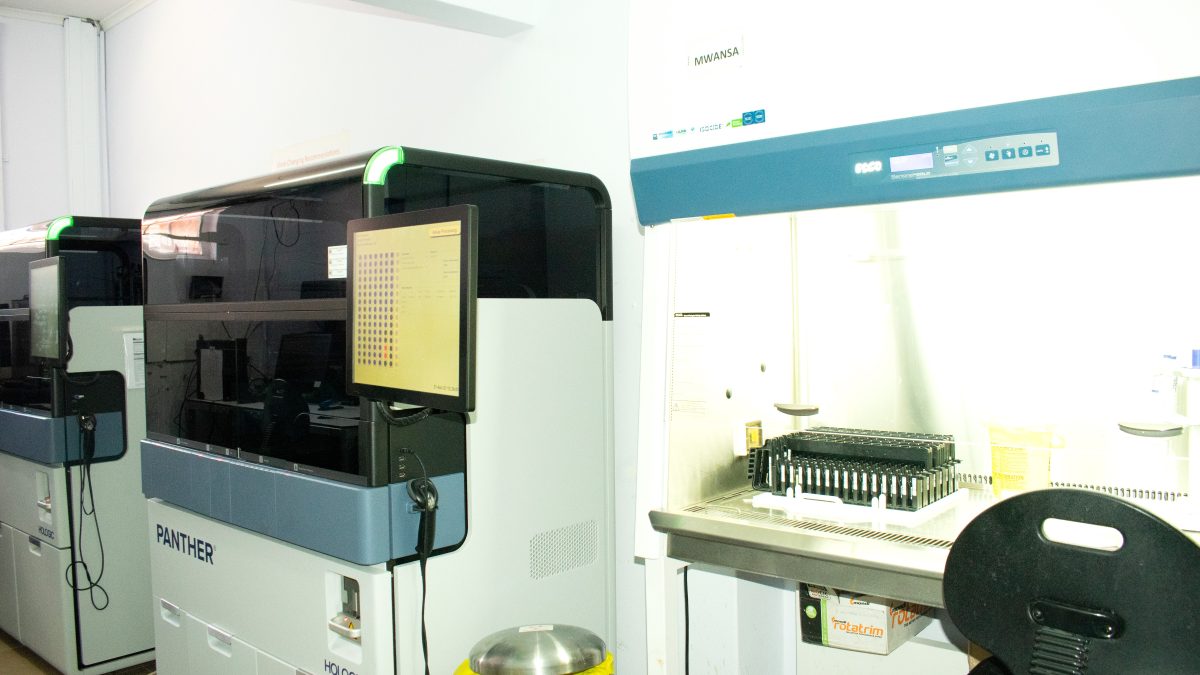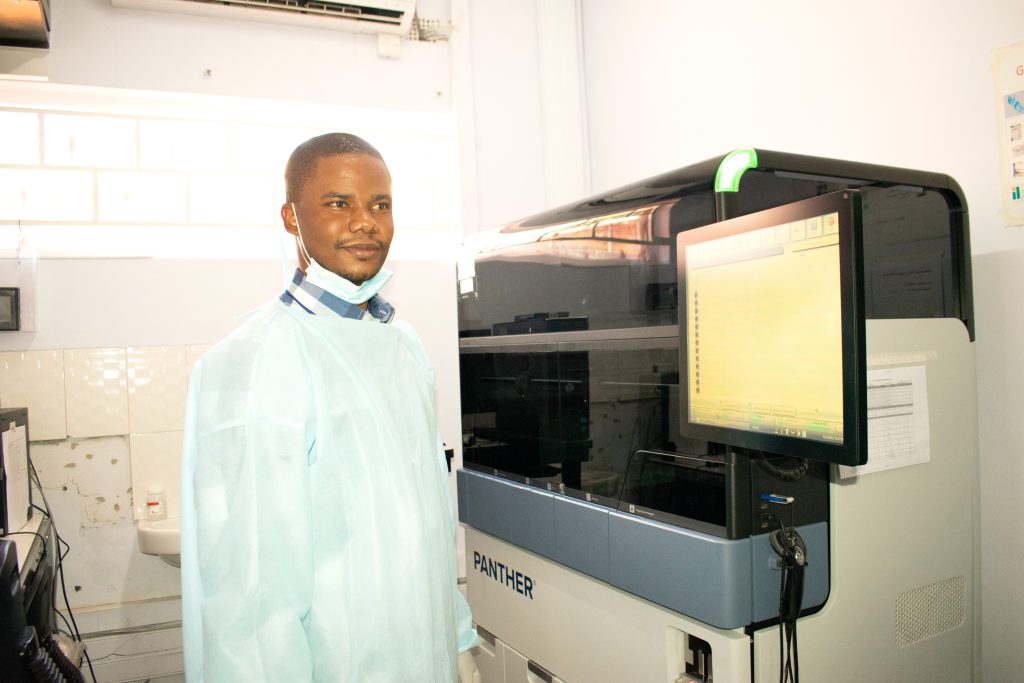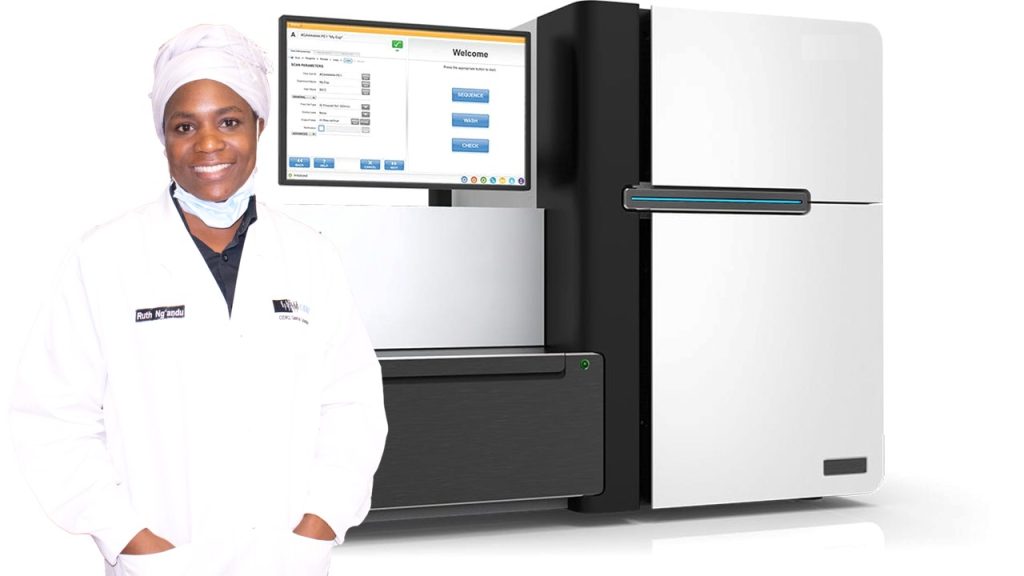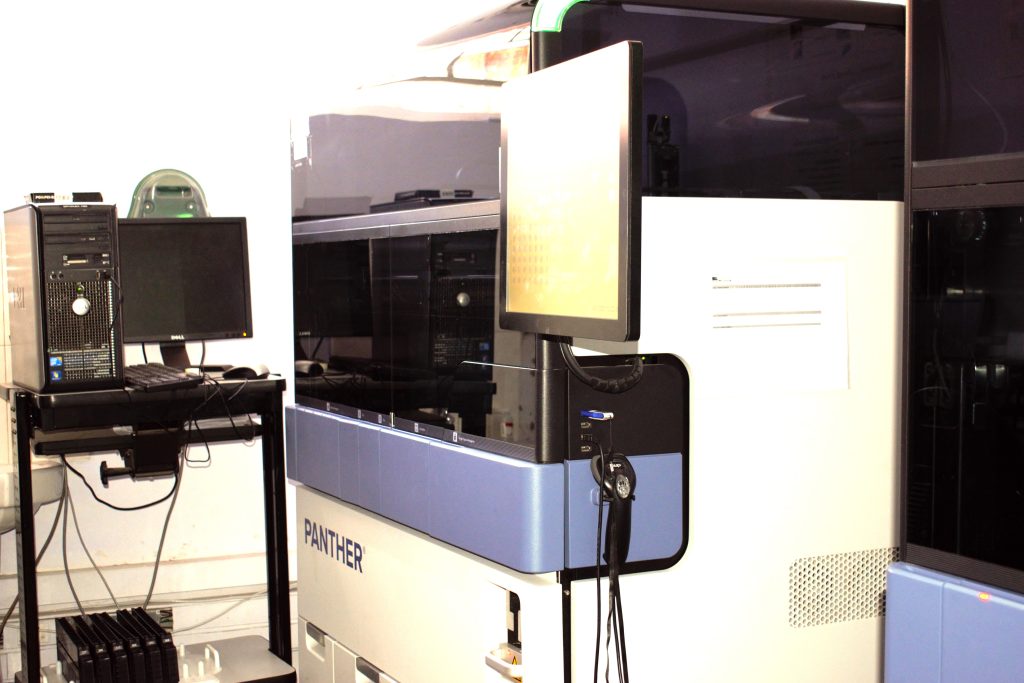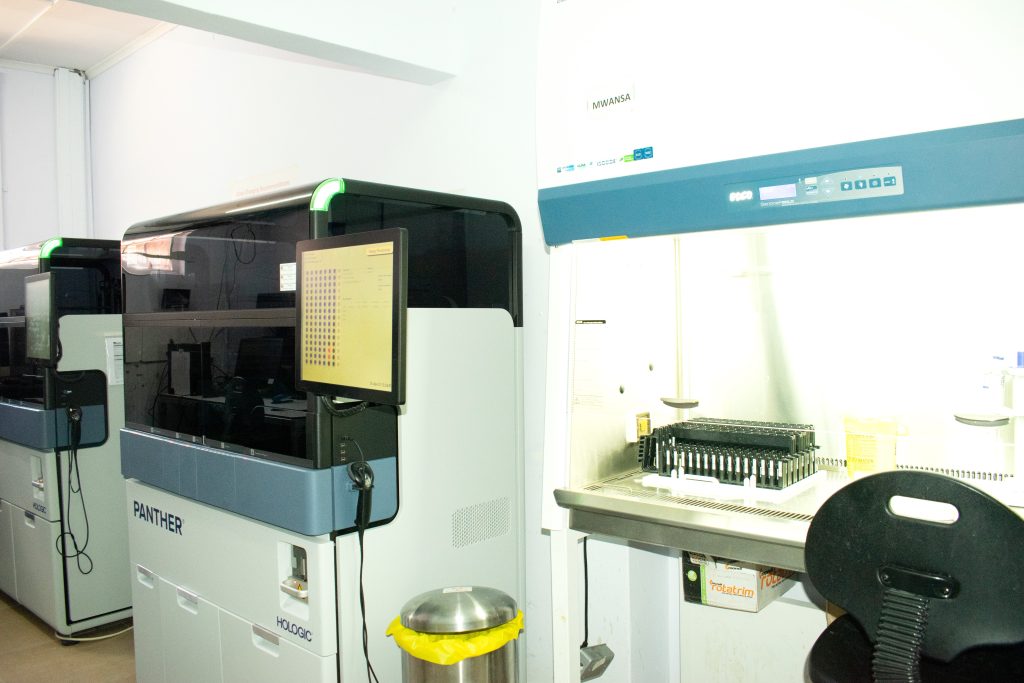- HOME
- ABOUT
- AREA OF FOCUS
- Research
- Enteric diseases & HIV vaccine Research unit
- HIV prevention, care & treatment
- Implementation Science
- Paediatric prevention care & treatment
- Vulnerable Children & Adolescent Health
- Tuberculosis
- Prison’s Health
- Social & Behavioral studies
- New Born & Women’s health
- Primary care and health systems strengthening
- Mental Health
- Hepatitis
- SUPPORT UNITS
- MEDIA
- News
- Annual reports
- Quarterly Newsletters
- Vol.24 CIDRZ Newsletter Q2 FY 2024
- Vol.23 CIDRZ Newsletter Q1 FY 2024
- Vol.22 CIDRZ Newsletter Q4 FY 2023
- Vol.21 CIDRZ Newsletter Q3 FY 2023
- Vol.20 CIDRZ Newsletter Q2 FY 2023
- 1st Quarter Newsletter FY2022/2023
- 4th Quarter Newsletter FY2021/2022
- 3rd Quarter Newsletter FY 2021/2022
- 2nd Quarter – FY 2021-2022
- 1st Quarter 2021-2022
- Research Abstracts/ Scientific Posters
- Research Presentations
- Gallery
- Videos
- TRAINING
- TOOLKITS
- Taskpen Toolkit
- Human Infection Studies (HIS)
- Menstrual Hygiene Management (MHM)
- Better Information for Health in Zambia Toolkit – 2017
- CommART Toolkit
- Operation Triple Zero Plus – HIV Literacy Package for Adolescents
- TASKPEN CLINICAL GUIDELINES :Protocols for the Integrated Management of Cardiometabolic conditions in Adult PLHIV
- JOBS
CIDRZ Central Laboratory Upgrades Gene Sequencing Capabilities

CIDRZ participates in the HIV/AIDS Youth Dialogue
September 23, 2022
CDC TB delegates visit CIDRZ
September 30, 2022The Centre for Infectious Disease Research in Zambia (CIDRZ), Central Laboratory is transitioning gene sequencing from the Sanger method to the Illumina MiSeq and the Oxford Nanopore MinION technology – Next Generation Sequencing (NGS), with expanded capabilities for infectious disease surveillance.
NGS is a high throughput technology used to determine the order of nucleotides in entire genomes or targeted regions of DNA or RNA. It is a faster and scalable sequencing technology for various organisms, including faster whole genome sequencing of the SARS COV-2 and identification of mutations and new variants.
The technology is more sensitive in detection of minority variants which cannot be detected by traditional methods of sequencing. For instance, in HIV genotyping the NGS is more sensitive than traditional Sanger method as it can detect drug resistance minority variants which have been shown to contribute to ART failure.
Further, when conducting HIV drug resistance national surveillance, the NGS technology will be faster and lower cost due to the technology’s capability to batch multiple samples. In addition, the introduction of dolutergravir on the first line regimen means CIDRZ Central Laboratory can monitor the HIV drug resistance to integrase. This involves sequencing of the three regions of the HIV genome protease, reverse transcriptase and integrase.
NGS is faster and effective, it reduces the turnaround time to detect drug resistance Tuberculosis within 96 hours compared to the traditional method of culture which takes longer than three weeks.
With the NGS technology CIDRZ is able to run tests for HIV drug resistance, Tuberculosis drug resistance and identification and characterization of antimicrobial resistance.
As part of our training protocols and optimisation of methods, we successfully sequenced Campylobacter species and will soon complete sequencing of Echerichia coli, and Klebsiella pneumoniae.
The benefits of the NGS technology to our clients include:
- Identification of novel pathogens
- More sensitive due to ultra-high throughput
- Identification of HIV drug resistant minority variants which may affect people on ART
- Reduced turnaround time of detection of drug resistance TB
- Able to batch multiple samples
- Able to sequence whole genome of various organism such as bacteria, viruses


